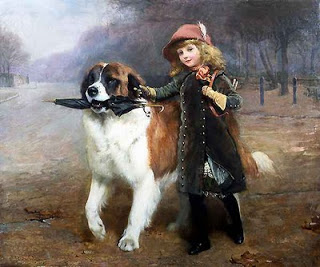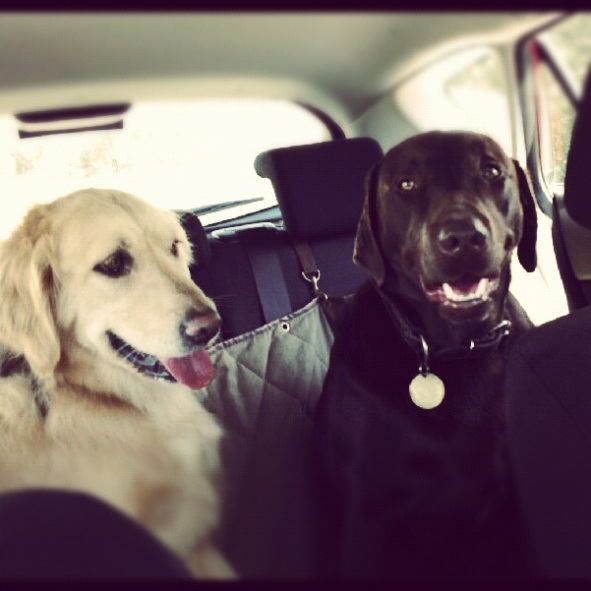 There are thousands of dog training articles online. But here are 4 practical things that really helped me.
There are thousands of dog training articles online. But here are 4 practical things that really helped me.
1. “On your bed!”
This has saved my sanity time and time again.
Have a place in your living room where you dog can relax (crate or bed). Every time your dog goes to his bed, say brightly “On your bed!”. Reward with a treat. When he’s doing this consistently, increase your expectations, so that he only gets a treat if he has spent a minute on the bed. If he tries to get up before that minute is up, redirect him (you can use a collar and leash or interrupt him as he’s getting up with a sharp ‘Ah-ah’). Have a ‘release word’ which signifies that you’ve allowed him to come off the bed. We use ‘OK!’ but you can use any word you like. Do this dozens of times every day.
Incrementally introduce distractions, so he learns to stay on his bed, even when you wave a toy around or when guests arrive.
2. One great trick
Teach your dog one great trick. Expending mental energy will improve his behaviour at home. A dog that can do a cute trick will endear himself to your guests and reduce the fear factor. I personally love Kyra Sundance’s book, but there are thousands of youtube videos and books around. And get a clicker!
3. Recall
Charlie is very food-oriented, so we taught him to ‘Come’ to a whistle. Whistles are great, because the sound travels through long distances. Start with using the whistle at home and encouraging your dog to come to you when he hears it. Each time he comes to you, give a treat. Slowly increase the distance.
A very famous and helpful DVD for recall training is Leslie Nelson’s “Really Reliable Recall“.
4. Walking well on a leash
There is nothing worse than walking a dog (much less two dogs) who pull on the leash. We struggled with Charlie and Hannah for a long time. What worked? Initially, we used a no-pull harness but it was a band-aid solution.
The only thing that helped long-term was investing in excellent dog trainers, privately rather than in a big obedience club. They taught us how to give a couple of firm corrections (rather than the infinite small corrections we were giving) and had our dogs walking gently in a matter of minutes. It was mind-blowing. Training your dogs to walk well will motivate you to take them for walks. This, in turn, will tire them out, meaning less problem behaviours at home! A walk with your dog can be a bonding and meditative experience.
What is your best dog training tip?









